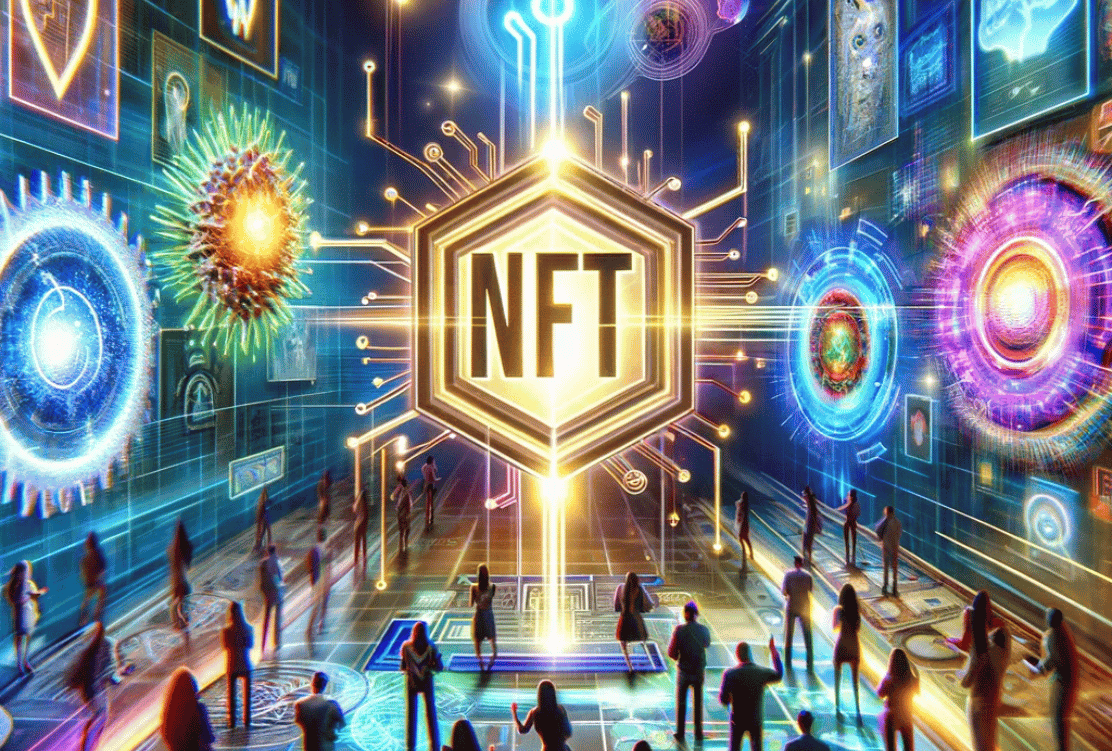Ah, the age of digital convenience. Gone are the days when you’d have to brave the weekend rush at the mall, sifting through racks and shelves in search of that one item that screams “you.” Today, it’s all about digital platforms bringing products right to our screens, often accompanied by eerily precise product recommendations. How many times have you thought, “Wow, how did they know I’d like that?” Welcome to the age of personalization in the digital shopping era.
The Magic of Personalized Shopping Experiences
Personalization isn’t just a buzzword; it’s the cornerstone of modern e-commerce. It’s what distinguishes an ordinary shopping experience from an extraordinary one. Personalization isn’t just about addressing the customer by their first name or sending them birthday discount codes; it’s about understanding their individual tastes, preferences, and shopping behavior to create an experience that feels tailored just for them.
So why is it so critical for brands? Simple. With the barrage of online shopping options available to consumers, you have to do something to stand out. And what better way than making your customer feel seen and understood? It creates a bond, a sense of loyalty, and that’s what keeps them coming back.

Key Areas to Shine as a Brand
-
Data-Driven Insights: While we might joke about our phones “listening in” on us, the reality is that the magic happens because of data. The more data you collect about a customer’s shopping habits, the better you can tailor their shopping experience. But, remember, it’s essential to strike a balance. No one likes to feel stalked. Use data responsibly and transparently.
-
Omnichannel Experiences: Whether a customer is shopping from a desktop browser, mobile app, or even via social media, their experience should be seamless. Personalized recommendations, saved wish lists, or cart items should transition smoothly between devices.
-
Instant Customer Support: Ever had a question while shopping and wished you could ask someone right then? Offering instant chat support or AI-driven assistance can make a customer’s shopping journey smoother and more enjoyable.

Tailoring the Message: Three Top Ideas
-
Segmentation: Picture this: Sarah, a 25-year-old urban professional, and Linda, a 50-year-old homemaker, are both looking for a blender. While they’re searching for the same product, their needs are different. Sarah might want something sleek, powerful, and maybe in a chic color to match her modern kitchen. Linda might be seeking durability and something easy to use. Segmenting your consumers based on demographics, behaviors, or even psychographics can help tailor your message precisely.
-
Dynamic Content: This involves changing content based on user behavior or characteristics. For instance, if a user has previously purchased hiking gear, showing them content related to outdoor adventures or new hiking products can resonate more.
-
Retargeting with a Twist: We’ve all abandoned carts and then been haunted by ads for the same products. But what if retargeting ads were a bit more…persuasive? Instead of merely showing the same product, what about an ad that says, “Still thinking about that blender, Sarah? Here’s a recipe you could whip up!” Make it engaging, make it personal.
To wrap things up, personalization in the digital shopping era isn’t just a trend; it’s the future. And while the technology that powers it is complex, the principle is simple: Understand your customer. Make them feel valued. Offer them an experience that they can’t get elsewhere. In this vast digital market, where choices are infinite, making your customer feel unique could be your biggest differentiator.






